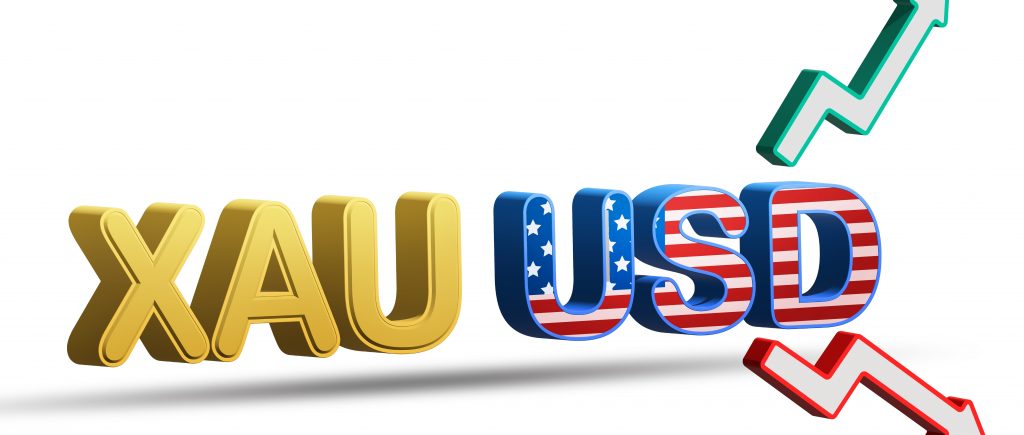Gold prices extended their gains for the second consecutive day, driven by a sharp decline in US Treasury yields. The fall in yields followed the release of US inflation data, which showed a moderation in core inflation. This renewed expectations of potential interest rate cuts by the Federal Reserve.
The US Bureau of Labor Statistics reported that the Consumer Price Index (CPI) rose by 2.9% year-over-year in December, as expected. However, core CPI, which excludes volatile food and energy prices, increased by 3.2% year-over-year, lower than the previous month’s reading of 3.3%.
This unexpected cooling of core inflation led to a significant drop in US Treasury yields, increasing market expectations for rate cuts by the Fed. Traders now anticipate a total of 40 basis points in rate cuts by the end of 2025.
Potential Impact of Tariffs on Gold
While the current disinflationary trend supports gold prices, the potential implementation of tariffs by the incoming Trump administration could counter this effect. Increased tariffs could stoke inflationary pressures, potentially limiting the Fed’s ability to cut interest rates.
A rise in tariffs could also strengthen the US Dollar, negatively impacting gold, which is priced in dollars.
Market Focus Shifts to Retail Sales and Fed Speeches
Market participants are now focused on upcoming US economic data, including retail sales and jobless claims figures. Additionally, speeches by Federal Reserve officials, such as New York Fed President John Williams, will provide further insights into the central bank’s monetary policy outlook.
Williams noted that the neutral interest rate is significantly higher due to the country’s high debt levels. He also acknowledged the recent decline in inflation but emphasized the need to closely monitor the impact of potential fiscal policy changes.
Technical Factors
The technical outlook for gold remains bullish. The recent price surge has strengthened the bullish momentum, as indicated by the Relative Strength Index. A decisive break above the $2,700 level could open the door for further gains, with potential resistance levels at $2,726 (December 12 high) and the all-time high of $2,790.
Conversely, a drop below $2,650 could weaken the bullish momentum. Support levels include the 50-day Simple Moving Average (SMA) at $2,643 and the 100-day SMA at $2,633.

 Noor Trends News, Technical Analysis, Educational Tools and Recommendations
Noor Trends News, Technical Analysis, Educational Tools and Recommendations




